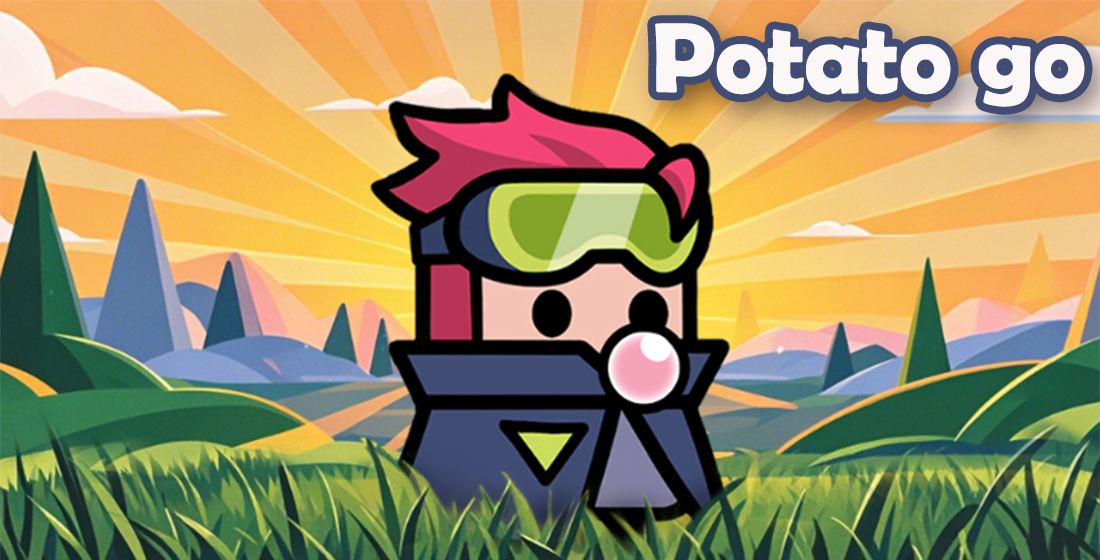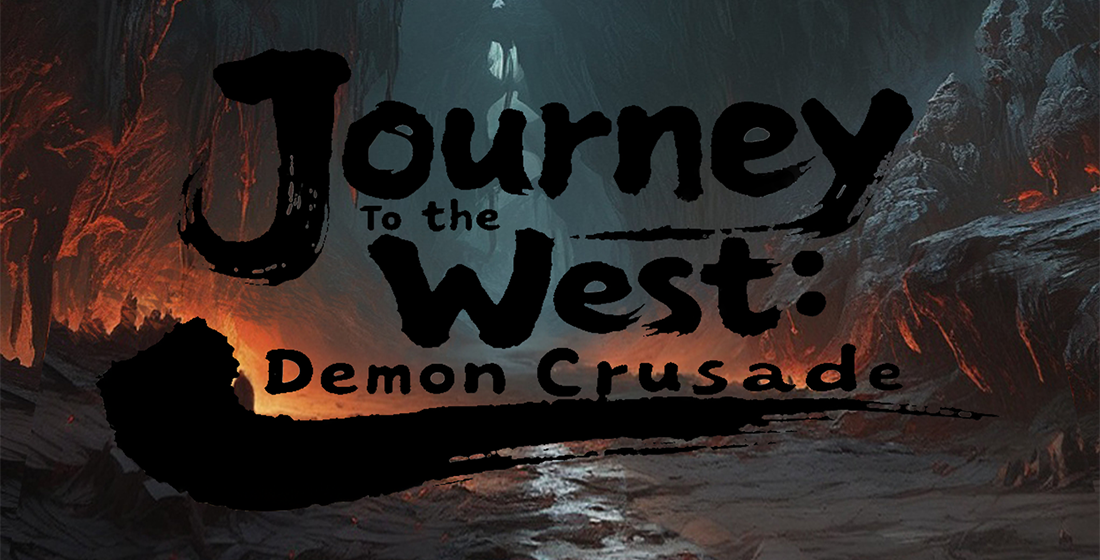In the realm of real-time strategy games, a niche yet thriving market continues to evolve, capturing gamers from across generations. As the popularity of traditional console RPGs wavers amidst a wave of new innovations, 2025 promises to deliver a slate of fresh experiences rooted in both creativity and strategic intensity—particularly intriguing for players who enjoyed titles such as GTA 5 Story Mode Gameplay Part 2 or follow Typical Gamer reviews closely.
1. The Shift Toward Creative Gameplay in Strategy-Based Titles
The evolution of video games reflects shifting expectations—players don’t want predictable story-driven content; instead, they crave interactivity that challenges thought patterns while encouraging improvisation. RTS titles have historically leaned toward military realism or sci-fi lore, but the newest batch emphasizes sandbox-like systems where imagination drives engagement as much as logic does. Think less rigid troop management and more experimental map-altering mechanics—an approach appealing to those tired of repetitive best rpg games iPhone free alternatives relying primarily on microtransactions rather than substance.
| Game Series Influence | Creative Twist in Recent RTS Experiences | Audience Appeal Beyond Traditional Base-Builders |
|---|---|---|
| Beyond Earth & Civ | Terraforming environments during mid-game phases via modular tech nodes | Caters to sim-lovers seeking open-ended progression paths |
| Mother Russia Bleeds / GTA Mod Dev Scene | User-created campaign expansions that change entire faction behaviors overnight | Dominates indie dev forums among DIY-savvy communities |
| Total War Saga Branch | Erosion-based terrain mechanics affecting AI aggression thresholds mid-battle | Lures in tactical veterans looking for unpredictable engagements |
2. Why Strategic Freedom Appeals Now (More Than Ever)
Let's talk audience behavior here—you've likely noticed increased demand not just for mobile portability (i.e., best rpg games iPhone free) but also deeper immersion. People no longer treat gaming as escapism alone anymore; it's become interactive exploration. And if your typical "RTS" offering doesn't challenge norms, why bother playing beyond the tutorial? Enter: a new subgenre blending rogue-like adaptability with persistent world-shifting decisions based on prior playthrough outcomes.
Consider this—games that offer procedural mission parameters or randomly generated alliances within fixed campaigns tend to outshine classics relying solely on pre-scripted cutscenes or limited decision branches. That’s one reason why so many streamers and YouTube personalities—including prominent "Typical Gamer"-aligned figures—push harder-than-ever to discover next-gen gameplay dynamics over nostalgia bait like remastered versions of past decade hits. If developers can incorporate evolving player data into their algorithmically driven world-state resets (even semi-offline), retention metrics skyrocket dramatically.
Now imagine applying similar logic to an online-centric battlefield experience without leaning too heavily on competitive ladder dominance as seen in Call of Duty's ranked matchmaking systems. Therein lies a major turning point for creative RTS adoption among core PC strategists.
List – Emerging RTS Features Influencing Gamership Behavior in 2025
- Digital terraforms shaped via multi-session progression arcs - Not everything remains static between missions now.
- Predictive fog of war elements powered by behavioral tracking - AI dynamically responds differently to how players move early-on through base construction.
- AI faction memory retention influencing late-game diplomacy attempts – Past interactions matter in unstructured scenarios where alliances form unexpectedly post-35 hours played.
3. The "Indie Meets Military" Design Paradigm
This isn’t some throwaway indie scene revival either; even big-name studios recognize the necessity of incorporating independent design philosophies without abandoning high-stakes resource balancing or complex macro-economy structures essential to any solid RTT foundation game plan. Ubisoft, Funcom, and other triple-A firms began investing serious capital into modular sandbox frameworks—where user mod tools shape narrative context as easily as tweaking unit stats—and now it feels like the industry's about to tip toward something radically unconventional but still intellectually demanding enough for die-hard tactics aficionados.
- • New Horizons: Smaller developers gain access to AAA engines, allowing rapid implementation and community vetting long before official release cycles begin. Think something along Early Access DLC drops with full Steam Workshop integration pre-softlaunch even.
4. From Sandbox Roots To Deep Immersive Narratives
Some may argue Why would you ever want to merge creative-building aspects found in something like Minecraft with high-speed battle calculations necessary for any competent RTS setup anyway?
Here’s what makes it interesting—game worlds aren’t static anymore. They respond organically. For example: You might start as scavengers in the wilderness, only to transition into constructing a sprawling empire governed by self-written laws encoded directly into in-game UI interfaces via custom script plug-ins accessible through SteamVR-enabled control schemes... sounds wild until last October someone coded an entirely functional economy system using Excel formulas connected through Steam Community Links running on Node.js backend layers... yeah it was nuts!
5. Accessibility Over Complexity Fatigue?
One key hurdle remaining is accessibility—no one likes getting slammed with wall-of-text explanations every single damn time they boot up a strategy game. But smart UI implementations reduce learning barriers exponentially. Auto-tooltips that adjust vocabulary difficulty settings dynamically, visual overlays showing impact radius ranges in real-time—little touches go **a massive way** to welcoming newer audiences typically locked out due purely intimidating information density found inside older titles.
Sidenote: While most iOS-only gamers might scoff at such intricate controls compared against touchpad convenience features embedded within modern Best RPG iOS apps 2025+, emerging voice command integrations might actually allow cross-over viability sooner than expected—something already being explored internally inside Tencent's overseas division focusing exclusively on dual-platform development models bridging casual smartphone players with hardcore desktop tacticians alike.
6. Where Creativity Enhancements Impact Genre Boundaries
The blurring between simulator-style strategy management, and emergent narrative techniques becomes apparent when we dissect current leaderboards. A good indicator—watch how many entries rely freakishly deep into randomized event triggers.
7. The Rise of Dynamic World States Driven by Collective Choices
Imagine entering multiplayer lobbies filled with strangers, and yet every match you’ve played contributes collectively to global server decisions impacting future campaign arcs? Sounds bonkers—but in reality, a handful of alpha-stage projects launched in Q1'25 started testing exactly that premise already: shared consequence layers influenced by millions logging in daily—not unlike social experiments disguised under polished UI veneer built atop decades of legacy RTS engine optimizations refined meticulously year-over-year.
We’re no longer restricted to singular savefiles shaping our destinies alone—we influence each others fates globally.
| % Increase | Genre Adoption | User Behavior Change |
| +310% | Procedural Narrative-Driven Games w/Shared Outcomes (Late 2024-Q2 Launches) | User retention beyond week-five jumps drastically due collective outcome stakes. |
8. The Fusion Of Live Service Updates With Traditional Turn-Based Structures
For a long while, people associated live service updates mostly with F2P mobile or shooter genres dominated by seasonal rotations and rotating shop inventory mechanics. However—when merged with deeply structured turn-based strategy roots? It adds an exciting twist pushing boundaries traditionally constrained inside strictly episodic DLC drops or quarterly hotfix patches updating broken assets or balance exploits.
Developers are finding smarter ways than brute-force monetization strategies to keep engaged audiences entertained for years rather than months—even if they're only casually checking in occasionally thanks partly to nagless push notifications syncing directly to offline campaign milestones reaching completion automatically.
Lead Dev Alex Nguyen (via GameDev Central podcast Jan 25’):"Our internal tests show that when we integrate automated off-server simulation processing alongside regular maintenance schedules, we see average re-engagement times reduced by half versus traditional timed drop intervals."
9. Tactical Depth Meets Experimental Building Mechanics
There exists a delicate balance developers wrestle constantly—it takes considerable effort ensuring true creativity doesn't undermine core combat fundamentals. Players don't want abstract puzzles interrupting hard-core battles unless executed intelligently—so successful integrations maintain fluidity while introducing small environmental manipulators subtly altering flow without breaking rhythm. One recent test build even allowed deploying deployable “tactical mirrors" mid-assault causing enemy projectile fire ricochets unpredictably across the field--and guess what folks started building elaborate deathtraps around reflect angle manipulation tricks within 3 weeks post beta leak online... pretty frickin' impressive for something seemingly gimmicky right??!! 😬
- Mix intuitive drag & snap placement tools inside existing base editing modules → enables quick terrain customization during breaks in active conflicts
- Persist structure blueprints via cloud sync so no two consecutive sessions feel quite the same despite consistent character progression markers maintained separately from aesthetic builds which reset regularly
10. The Role Of User Creations On Shaping Commercial Roadmaps
Modded universes once considered niche hobby territories only relevant within tight-knit fan circles, now stand front-and-center dictating roadmap timelines and feature sets. Some publishing conglomerates even started commissioning community designers outright—paying royalties per mod install count similarly to how YouTube creators earn from sponsored channel art banners today.
If trends hold as fast moving as we’ve seen during the past 12 months—the days where official content comes *from studio teams alone* might soon pass permanently. Open collaboration could become the dominant mode going into future releases, ushering an age defined not by closed proprietary tools alone but co-development efforts embracing mass contributions from everyday fans willing invest hours crafting unique gameplay moments for global communities alike.
11. Blended Campaign Modes: Merging Singleplayer Vision & Cooperative Emergence
Historically, most strategy-focused titles forced strict choices on whether experiences revolved primarily solo ventures versus teamplay. This distinction no longer applies rigidly however, thanks largely improved matchmaking architectures integrating seamlessly hybrid campaign setups capable handling both personal narratives interwoven smoothly within collaborative operations sharing resources, research unlock trees, AND even partially completed quest lines among trusted companions regardless differing playstyle backgrounds—pretty neat right??
The Bottom Line About Co-op Integration Inside RTS Designs Today: It ain't just tacked-on as secondary optional extra content no more; Rather its become integral towards expanding replay longevity metrics, Offering players multiple viable pathways through otherwise linear stories depending choice selections plus group roles negotiated together in real-time. Definitely worth considering as part of any serious genre refresh initiative undertaken moving forward.
12. Futureproof Engine Optimizations Enabling Long-Term Engagement Stability
We can expect further performance refinements rolling out behind scenes as devs adopt increasingly adaptive backend solutions scaling effortlessly across different device capabilities—from low-end laptops managing decent frame consistency while multitasking to dedicated ultra-premium machines maximizing graphics detail sliders well past previous ceiling limits. Thanks to advancements inside GPU rendering pipelines leveraging Vulkan and DirectX Ray Tracing improvements rolled into updated Unity/Unreal cores throughout late 2024 onwards.
That translates roughly down to this: Expect fewer crashes caused by graphical driver mismatches while exploring detailed landscapes teeming with animated particle systems reacting responsively environment changes dictated by both player interventions & simulated atmospheric effects changing weather conditions dynamically based proximity location zones etc.—sounds overwhelming yet absolutely gorgeous visually once loaded correctly without system crashes dragging you right back desktop! ✅
(Side Note: Cross-platform sync will also expand further making sure mobile users never feel disconnected entirely just ‘cause they switched devices abruptly after bus ride or airplane transit. Smart auto-saving prevents unnecessary confusion when hopping between tablet & computer without losing progress integrity. Pretty important these day huh?)
13. Ethical Debates Rising Alongside Increased Immersive Simulation Layers
Naturally whenever new tech emerges ethical considerations inevitably tag alongside. Case-in-point—how realistic should digital armies operate under wartime simulations where historical references get drawn uncomfortably close contemporary conflicts happening elsewhere worldwide? Some critics raised concerns around certain depictions reinforcing troubling militaristic tendencies potentially desensitizing younger players exposed violent thematic motifs lacking proper context framing… while simultaneously another faction argues these types of discussions shouldn't be silenced but embraced responsibly fostering dialogue instead censorship.
| Viewpoint Category | Supporting Details | Opposite Critique Consideration |
|---|---|---|
| Faction Representation Realism | Incorporate real world military history accurately enhances educational value for students studying geo-political events indirectly | Overly dramatized or glamorized conflict resolution risks perpetuating romantic view warfare without properly addressing consequences suffered ordinary citizens affected negatively prolonged instability |
Bottom line is developers must handle these issues with greater sensitivity especially as younger demographics explore complex mature themes within games earlier exposure points than previous generations did growing under stricter rating board oversight protocols that arguably lagged pace cultural maturity standards present day society navigates frequently now-a-days
In Closing — How RTS Might Shape Up Beyond 2025
Despite all advancements covered throughout this analysis—the question really centers on whether mainstream studios can effectively scale creative risk-taking while retaining broad accessibility enough for diverse playerbases across regions—from hardcore European mod enthusiasts tuning granular systems endlessly versus South Asian newcomers experiencing RTS complexity through curated simplified mobile gateways tailored specifically regionally adapted UX paradigms... Either case one truth remains clear:
All signs point toward more dynamic, unpredictable yet thrilling real-time strategy experiences unfolding rapidly within the coming couple years ahead. Prepare accordingly!


